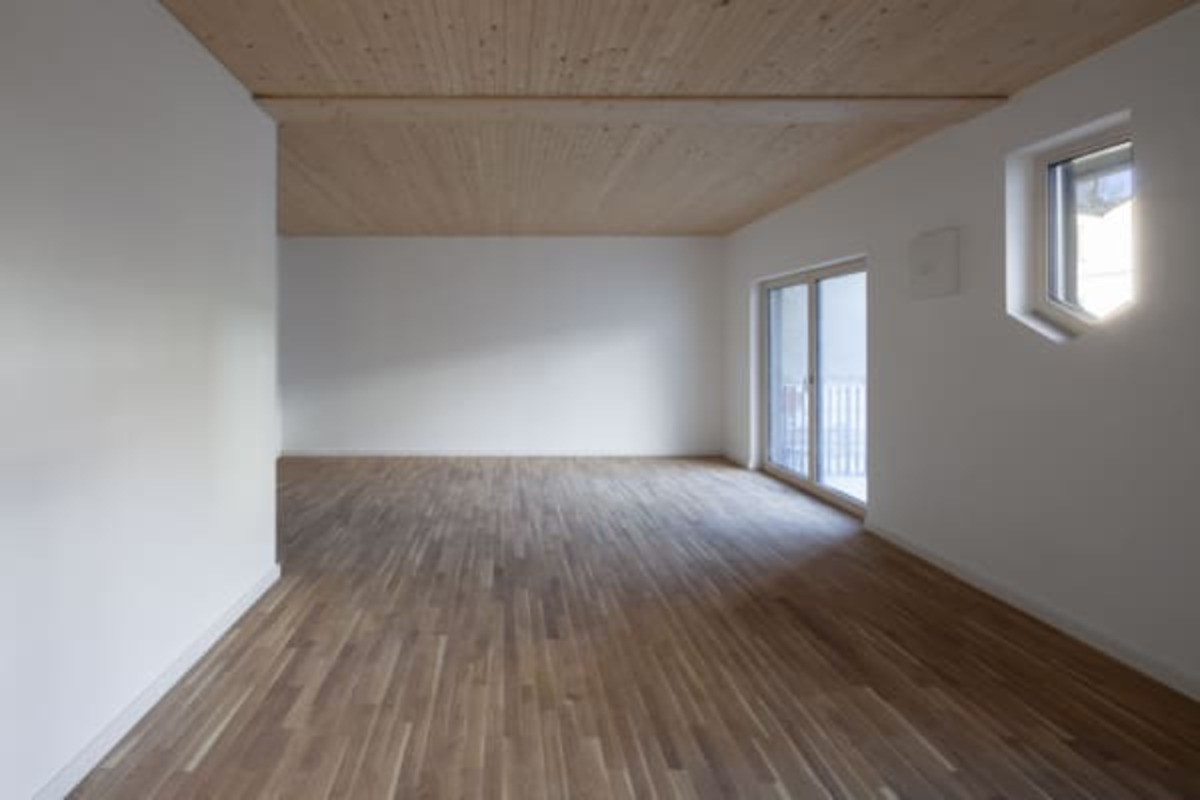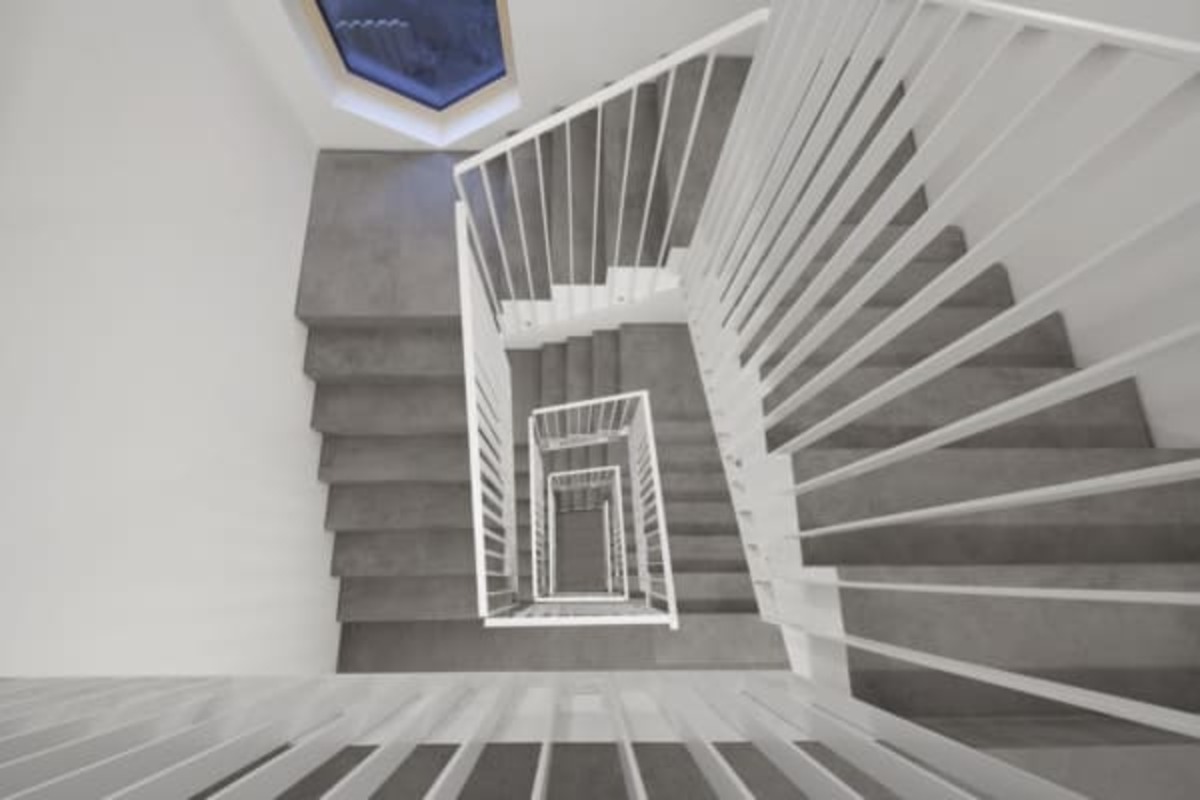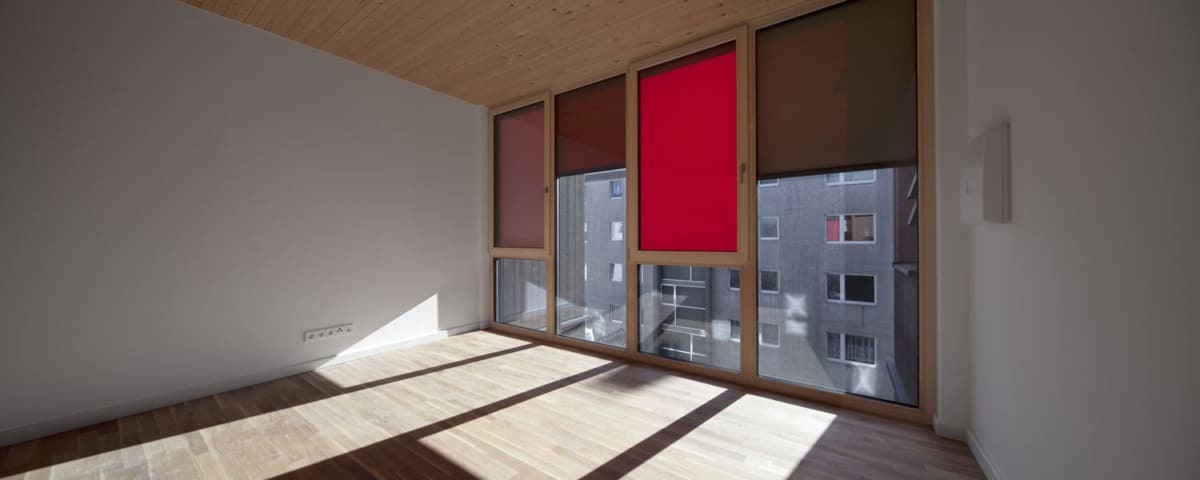

| CANVAS OF PLANS & DRAWINGS |
INTERIOR & DÉCOR, but with a twist |
| HOTELS & RESTAURANTS, beyond mainstream |
Notes on ART |
| Into big AFFAIRS | INSIDERS |
| GLIMPSES | |
Keywords:
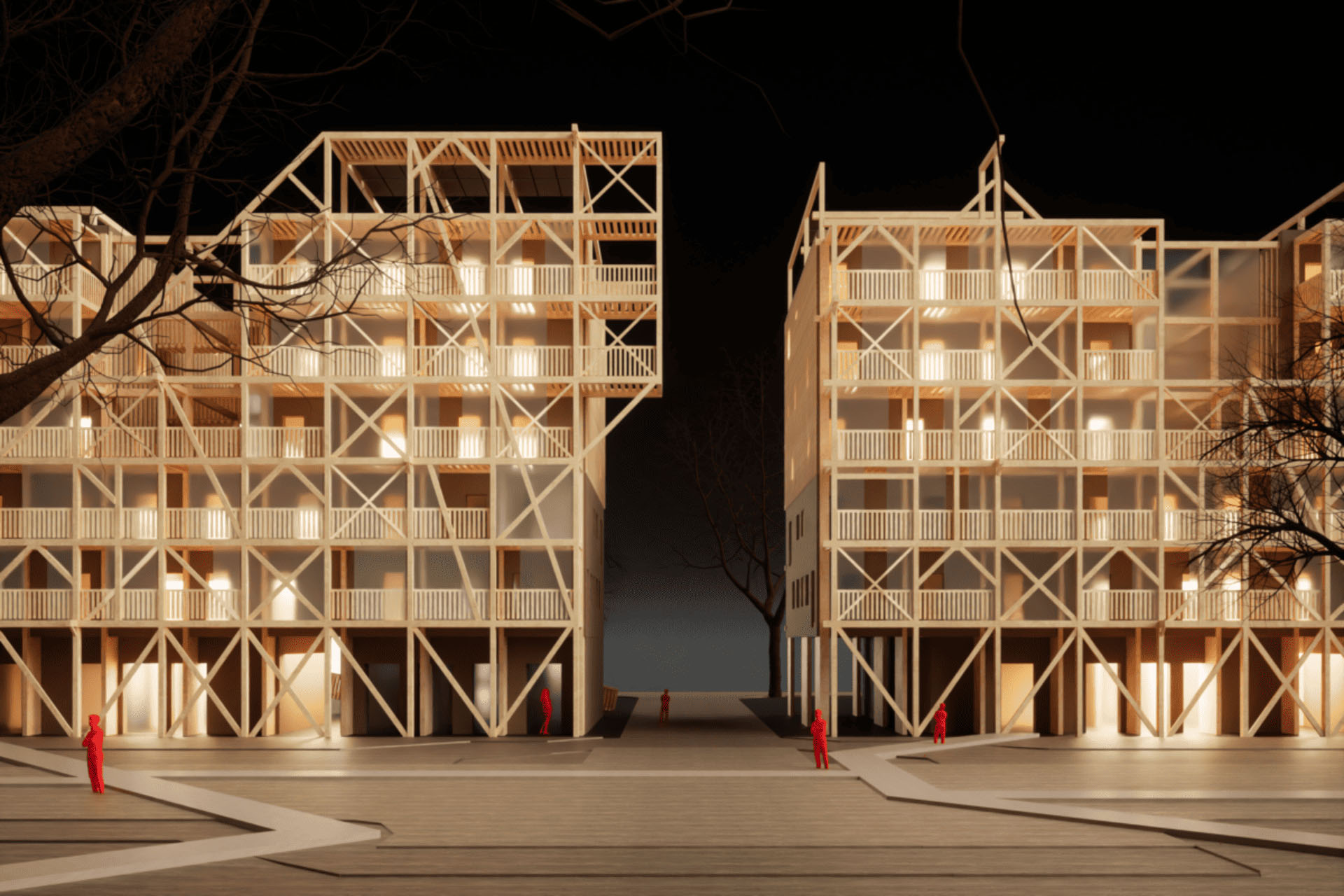

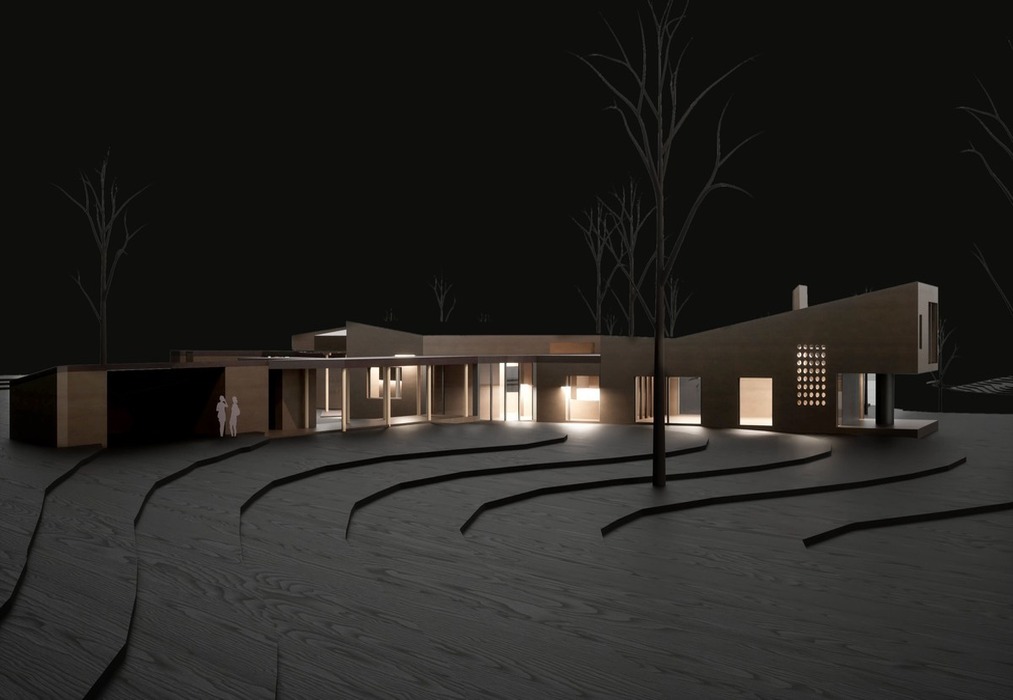
It’s an ambition, really – a difficult one. Sometimes you get closer, sometimes you don’t. Think of Leon Battista Alberti’s idea of concinnitas: a perfect balance where adding or subtracting anything would worsen the result. That’s the ideal – like Mozart is for music. Most of us do what we can.
To work towards this clarity, one must understand the dominant rhetorics of the time. Today, it's techno-fetishism or a kind of greenwashing – the belief that sticking trees on buildings somehow solves climate change. It doesn’t. Take the “vertical forest” idea: it’s marketing fluff. Just to offset the CO₂ from air traffic over Milan, we’d need 18,000 of them.
Architecture has become a scapegoat for global emissions, when the real culprits – AI, digital waste, systemic overproduction – are left untouched. Amidst this, beauty has become something to be measured by protocol.
True architecture, like poetry, is rare. It’s where technical rigour meets artistic intent. It takes both the architect and an enlightened client – like a child needing both parents. That creative tension is where the real work begins.
